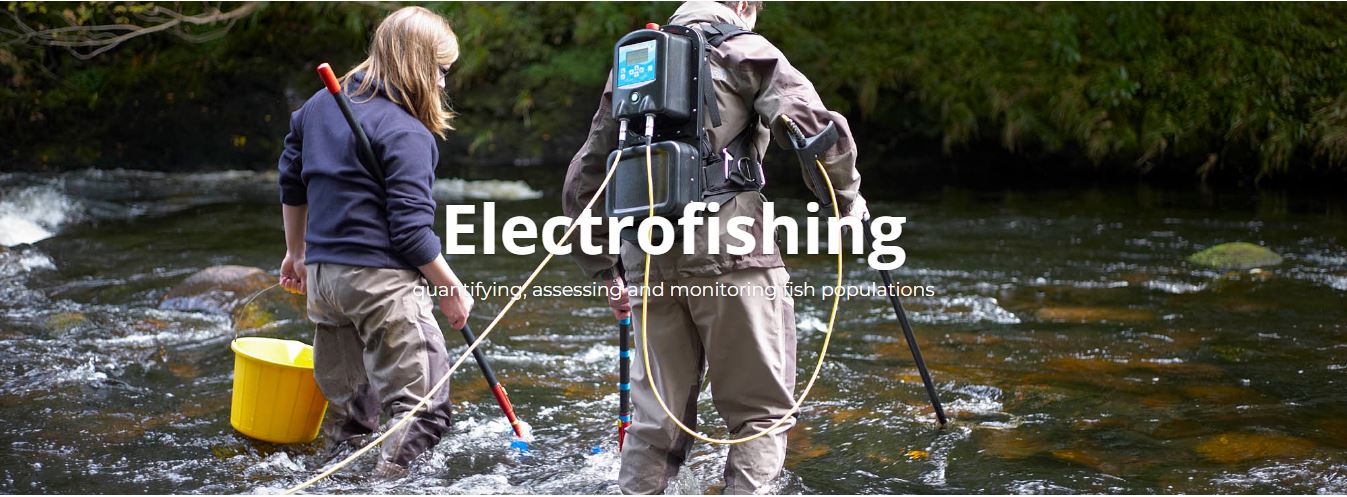ELECTRO-FISHING
The idea of ‘electrofishing’ sounds rather unfriendly, but as Dan Hayter of the Environment Agency explains, it’s probably the friendliest way to measure fish:
It is amazing what you can find out about fish now.
I work for the Environment Agency as an Environment Monitoring officer in Essex, Norfolk and Suffolk, specialising in fisheries, and as part of my work lead a team carrying out fish surveys across the area.
I specialise in electro-fishing, which tells us a whole host of information about the fish, from their age and their weight to how healthy they are.
Electro-fishing sounds very high tech but it is actually quite simple and involves passing a mild electrical field through the water to immobilise the fish. We then net the fish and place them in a holding tank filled with water where they recover straight away. We can then carefully remove a scale from the fish and record length measurements. After that, we release them all back into the river keeping interference to a minimum.
Electrofishing to assess a river’s health – Creating a better place
Here’s some video footage from a “Lovely mild blustery day up the road in the Cotswolds to survey the carp stock on a lake” – using electro-fishing:
Fish population survey using Electro Fishing and Netting – YouTube
In these parts of the country, the Westcountry Rivers Trust carry out solid and serious surveys of fish numbers using this tried and tested technique:
Electrofishing: quantifying, assessing and monitoring fish populations

In order to quantify, assess and monitor fish populations between and within river catchments, we need to deploy suitable survey techniques. Electrofishing is particularly useful where other techniques such as netting maybe unsuitable due to the habitat or species type.
Electrofishing can be split into two main types qualitative and quantitative. Qualitative electrofishing is used to capture a representation of fish present and also determine the presence or absence of a species or age classes.
The majority of electrofishing for salmonids undertaken by the Westcountry Rivers Trust is classified as semi-quantitative, and concentrates on the presence and abundance of 0+ (fry) salmon and brown trout. These revolve around conducting a timed 5 minute downstream electrofishing survey, so that each site has the same level of fishing effort.
As several sites can be assessed in one day, it allows for multiple sites across the catchment to be surveyed each year without a prohibitive cost. These results can then be used to compare tributaries in the same catchment or sections within the same river. This is particularly important when targeting improvement works and identifying where density is below the predicted level.
Electrofishing – Westcountry Rivers Trust
Here’s an example of one of their survey reports from 2020:
Westcountry Rivers Trust Electrofishing Survey Report – River Fowey, 2020
.
